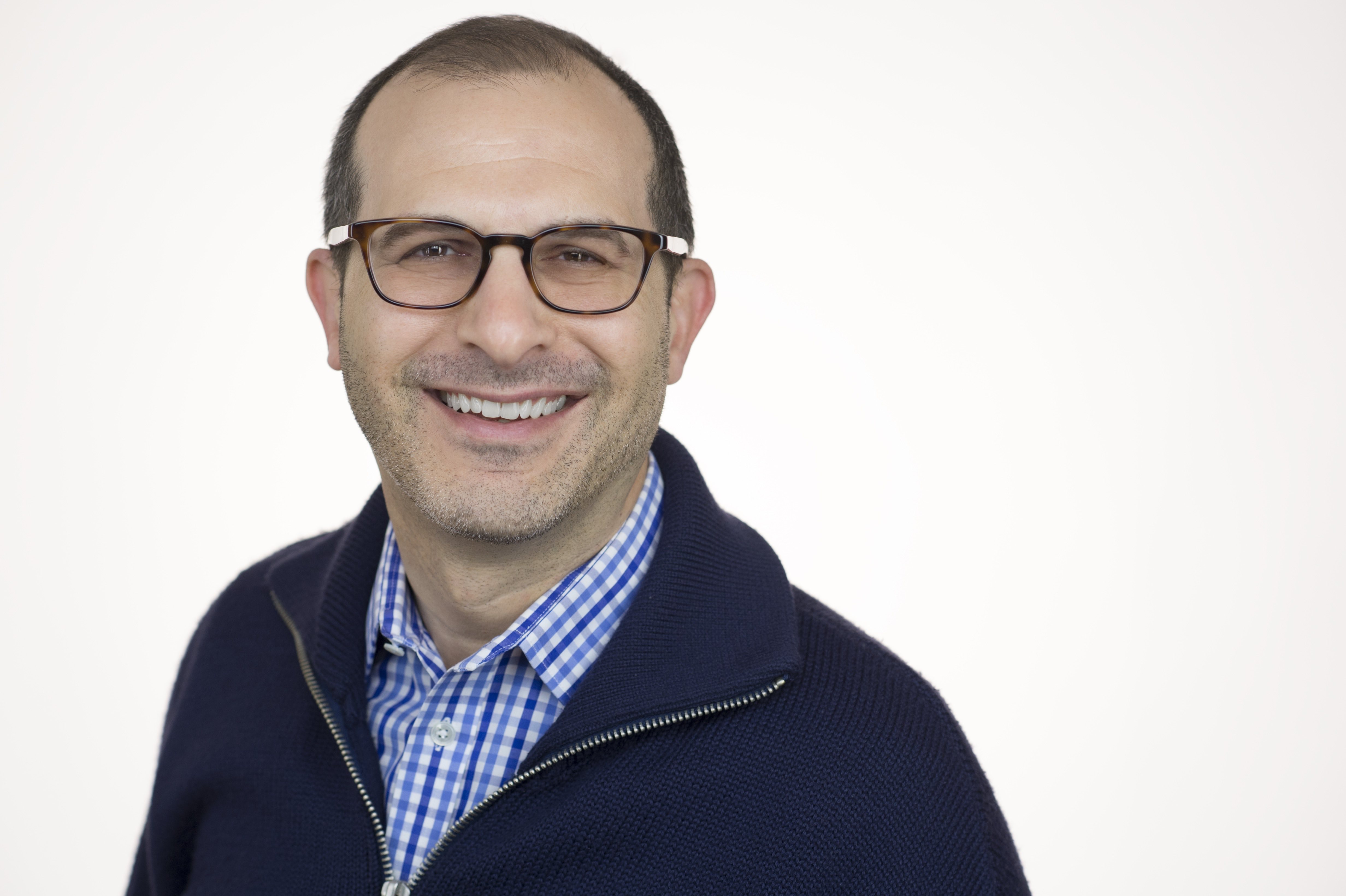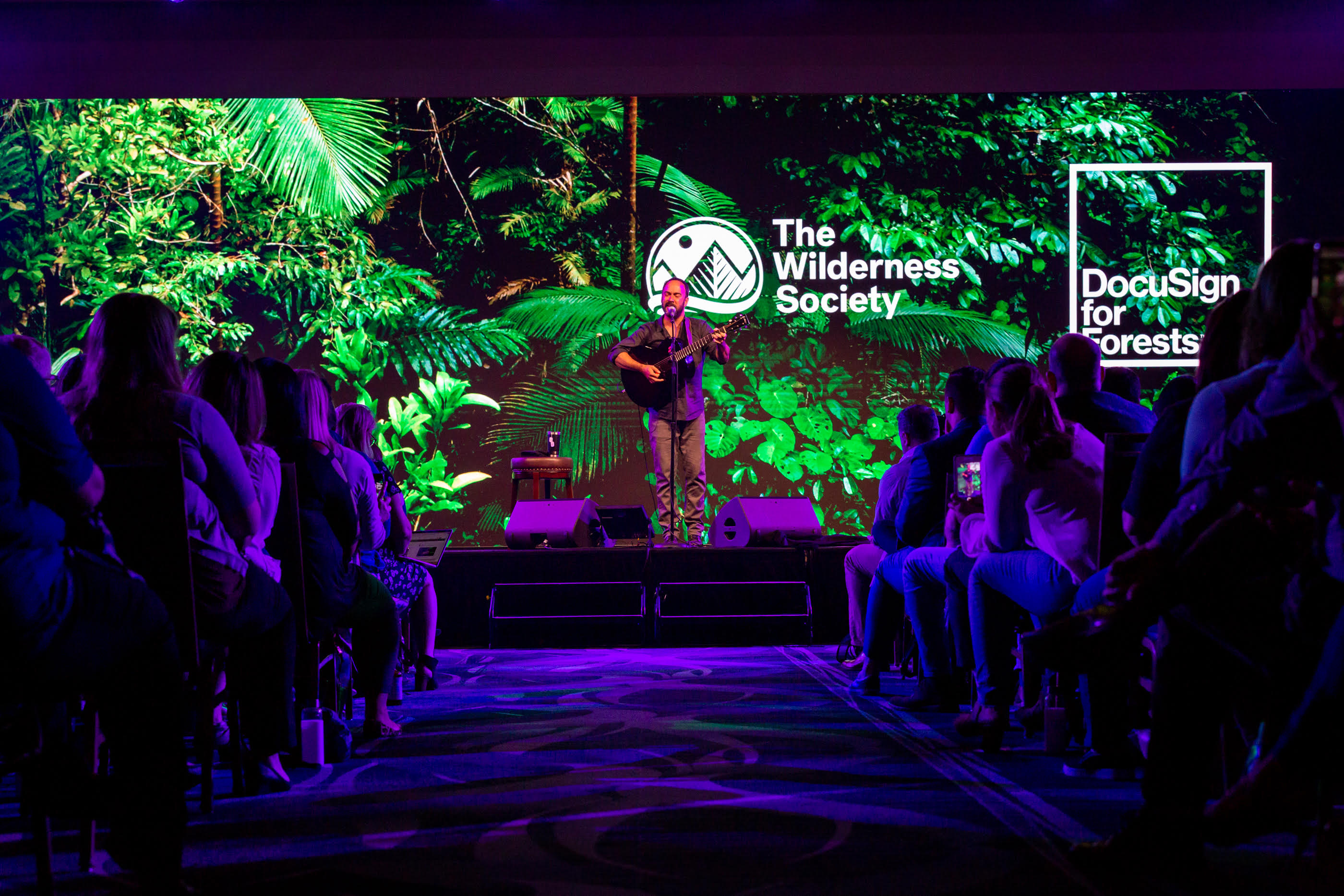We’re excited to partner with WORLDZ, a two-day global summit for marketers and innovators held in Los Angeles and designed to help bring together the minds of CEOs, CMOs, and other cultural icons in order to learn professional lessons from the very best. This interview is the last in a series leading up to WORLDZ 2019, hosted from September 10 and 11 in Long Beach, CA.
In 1991, the Dave Matthews Band was a brand new, wholly fledgling group. It was also the first client of the newly founded company Red Light Management, now the world’s single largest independent music management firm. DMB is only one of the many household names for whom Red Light EVP Matt Ringel—who’s also the managing partner of Red Light affiliate New Era Media & Marketing—has secured all manner of deeply meaningful, mutually beneficial brand partnerships.
As Ringel tells it, money is never the priority; the foundations for any good partnership are common interests, views, and goals. We spoke to Ringel about why brand partnerships have long been key to artists’ revenue, how modern technology has changed the art of the partnership, and why the notion of “selling out” is outdated.

What kinds of brands and revenue streams do you connect your artists with most frequently?
There are hardly any brand categories that aren’t engaging with music today. There are those that have always been big—beer, auto, soft drinks, wireless, technology, credit cards—and then there are those that are newer, more disruptive. We’re seeing a lot in areas such as CBD, subscription boxes, online dating, fast fashion, and businesses that weren’t businesses ten years ago.
What makes me excited is when we see very traditional brands, or even business-to-business brands, begin to understand how to use music in their marketing toolbox. For instance, in the B2B space, companies like SAP or Salesforce or Cisco—you don’t think of it as music marketing, but any company that’s traditionally had sports hospitality can readily look at music and have a comparable type of program.
Turning to revenue streams, we don’t think about, “What revenue streams are we connecting artists with?” We’re thinking first and foremost about the nature of the collaboration. Is the brand looking to use the artist’s music? Are they looking to have a private performance or a special retail appearance? Are they looking to use the artist’s social relevance, their content generation, their relationship with their fanbase, or their connection to a cause? What asset of the artist are they looking to use? The fabric of the deal—what’s included in the overall brand and artist partnership and collaboration—will then sort itself out.
What do brands look for in artists?
It’s hard to generalize. Because music is such a pervasive and flexible asset, there really isn’t any brand’s marketing objective, demographic, media channel, geography, or time of year where there isn’t a music-based solution that can fulfill that. I think music is unique in that it’s particularly emotional. It’s in someone’s ears and brain and bloodstream.
If you look at the nature of the relationship that musicians have with their fanbases, that’s the relationship that these brand programs are really looking to be a part of. In other words, what’s the intersection between the brand’s customers and the artist’s fans, and how can brands become a part of the artist’s relationship with their fanbase?
“That model of direct-to-fan communication goes back to the Grateful Dead. You see that type of fan club and communication modernized by Dave Matthews Band, Phish—the most rabid fandoms are all based on this direct relationship between the artist and the fan.”
Why should artists work with brands, both in terms of image and extra revenue streams outside record sales and touring?
It never starts with the money. It starts with an area of shared interest. That’s when it’s a good partnership. It could be that the brand and the artist share an affinity for veterans’ causes, pets, or the outdoors. There are places where the brand may have more following or relevance than the artist does—maybe a longer track record, maybe it’s an outdoor brand that the artist happens to have used their entire life. Artists want to get closer to that and also represent to their fanbase, “Hey, this is something you need to know about me.”
The media and the reach that brands can deliver to an artist are really important. They’ve replaced some of that same function that’s gone away from the heyday of the record business. Timewise, you’d have a record label spending a ton on tour support and radio promotion and getting the artist’s music and name out there. They still provide that function, but brands can supplement that and help an artist break through in a distinct way.
It is an attractive revenue stream. If you’re an up-and-coming artist, even getting that little bit of tour support and offsetting your costs is really meaningful when you’re on the road. Up at the very top level of high-earning artists, the brand’s work can come in at 10 to 20 percent of an artist’s annual revenue.
How does the widespread use of social media, music streaming services, and smartphones affect brand partnerships?
Years before the iPhone, you had Napster. You had your widespread breakdown, with file sharing, of how music was transacted and brought to market. The ways in which artists market and communicate to their fanbase really started to shift and change.
With the introduction of the iPhone and the growth of social media, you started to see that direct communication between artists and their fanbases. Even to this day, the biggest names on Instagram and Facebook are musicians. They leaned into this medium because it’s not going to come exclusively through record labels or radio—it’s got to be me directly to the fans. That model of direct-to-fan communication goes back to the Grateful Dead. You see that type of fan club and communication modernized by Dave Matthews Band, Phish—the most rabid fandoms are all based on this direct relationship between the artist and the fan.
When we look at the size and the closeness of artists and their fans, that is absolutely fueled by social media and unique content that artists are putting out on a regular basis. Coincidentally, you’re seeing brands changing the ways in which they’re talking to their customers and prospects. It’s less about that big spot on television and more and more that brands want content on digital and social. That’s where the artists live.
When brands do their analyses today for artists, at one time, we would’ve talked first about them being number one on the chart, and this much radio play, and box office grosses, and all those things. Today, the first step that we’re talking about is the size of artists’ social following.
“When brands do their analyses today for artists, at one time, we would’ve talked first about them being number one on the chart, and this much radio play, and box office grosses, and all those things. Today, the first step that we’re talking about is the size of artists’ social following.”
How have branding opportunities changed for artists over your years in the field?
We’ve seen very positive changes in attitudes among both the brand community and the artist community. The perception back in the ’80s or ’90s was that if you’re working with brands, you’re selling out to the man. The reality today is much more of a two-way respect and understanding of where the other sits and what they can bring.
Brands want to be working with artists because they have something to say, not to tell them what to say. Today’s artists have grown up in a world replete with brand messages. They’re savvy marketers—the product is themselves. When they’re coming into these programs, they can readily distinguish their own activities as an artist and as a marketer. We see very rare occasions where the brand is coming to try to insert itself into a musician’s artistry.
That’s born just by the greater sophistication on both sides, a great revolution of understanding and appreciating what the other has to bring and respecting where that line is. If they find a shared point of view and belief system, and agree on what they can do together positively for that shared fan, that’s the acceptable zone.
What’s one especially exciting brand partnership you’ve set up for an artist?
Dave Matthews Band certainly has been known throughout his career for being engaged, pro-social, and committed, and some of those causes have included the environment, animal conservation, education, farms, water, so much so that he’s one of the pioneers of taking along an eco-village on his tour and creating a sustainable tour. We entered him into a multi-year partnership with DocuSign, which has become very familiar for e-signatures. It’s a technology company, but it’s absolutely predicated upon and committed to the preserving of trees. Electronic signatures alleviate a need for all that printing of paper and killing of trees.
We started a multi-faceted partnership. Dave went and spoke and played at their global sales conference [and had] conversations with the CEO on the record. DocuSign has come onto Dave’s touring, garnering signups through the eco-village, getting the fans who attend Dave’s shows to sign up for DocuSign.
The partnership also includes a substantial contribution to the Wilderness Society, which Dave is committed to and on the board of. That’s a great example of a brand where the values and the activities that come through the partnership completely line up with what the artist believes in. FL







